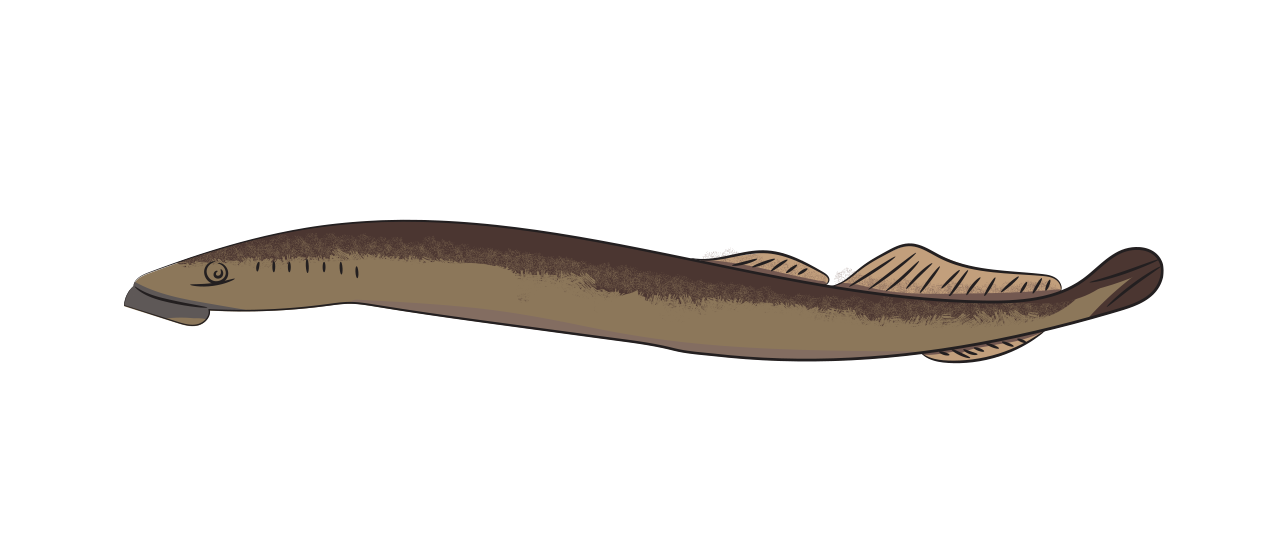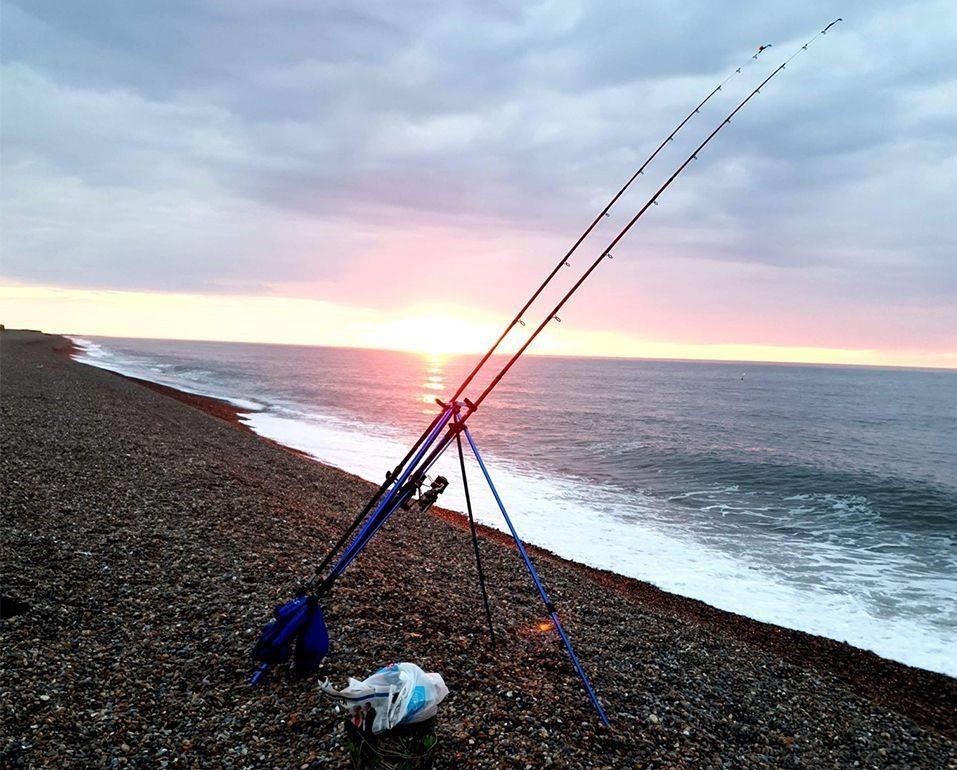Sea Lamprey | Fish Species Guide | Angling Direct

Sea Lamprey
aka Petromyzon marinus
Sea lamprey have a long, eel-like body with two dorsal fins set towards the back of the body. It can be located in not just in saltwater but in estuaries and rivers around the Atlantic coastal area of western and northern Europe. Colour ranges from black to a mottled green or yellow. Their most defining feature is their circular mouth, which is filled with rows of small, sharp teeth.
The anatomical trait that makes the sea lamprey an efficient killer of bony fishes is its disc-shaped, suction-cup mouth which latches on to unfortunate fish and then it uses its rough tongue to rasp away the fish's flesh!
Stats
Status
Habitat
Near coastlines, or close to estuaries and easily accessible rivers.
Bait
Live bait fish
Native or Invasive
Invasive
Where
Native to the Atlantic Ocean, often found in Norway down to the Bay of Biscay and in the Mediterranean seas.
 Catch Experience
Catch Experience
Video
Blog Highlight
National Marine Week – Top 5 Sea Fishing Tips
With the sun shining and the family likely wanting to head to the beach, why not make the most of a visit to the coastline and bring those sea fishing rods along! Sea fishing is probably the most accessible; it's usually totally free around our...
Read More